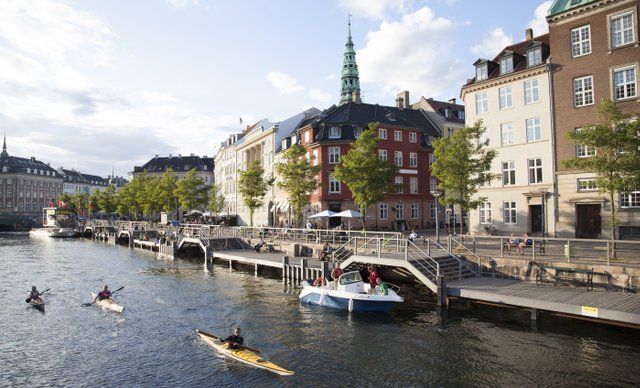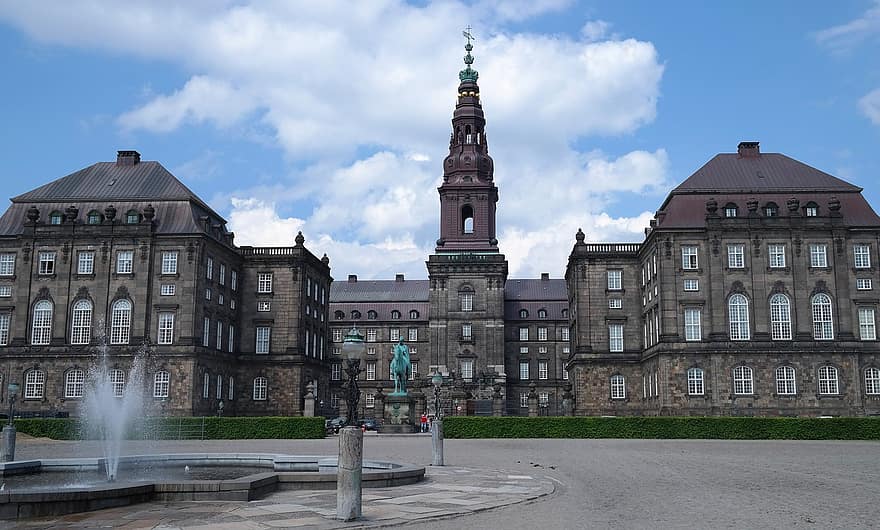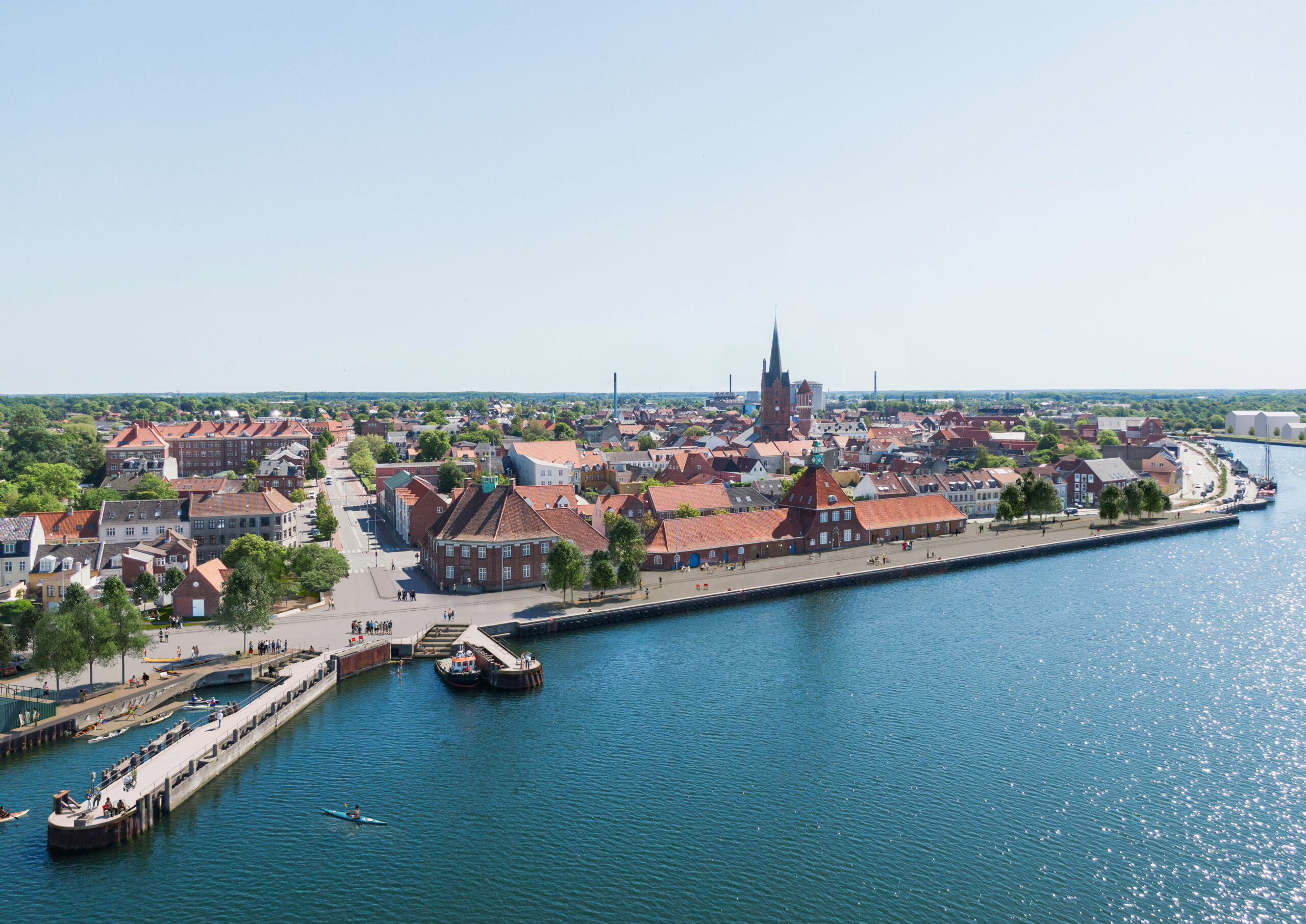Broken business models continue to cost Danish banks their lives, even after the worst of the recession has ended, predict a number of industry insiders.
“We’re in no way done with structural readjustment,” John Fisker, the managing director of Rinkjøbing Bank.
With bank customers depositing increasingly less money, banks find themselves with less need for income-earning services.
Banks, then, respond by cutting services. And that cycle is unsustainable, according to Fisker.
There are currently 88 banks in Denmark. Fisker predicts that there will be 50 left by 2020. Since the financial crisis broke out in 2008, 53 Danish banks have buckled under.
Erhverv & Økonomi
This story was included in The Copenhagen Post's Morning Briefing for Monday, September 23. If you would like to receive stories like these delivered to your inbox by 8am each weekday, sign up for the Morning Briefing or one of our other newsletters today.















